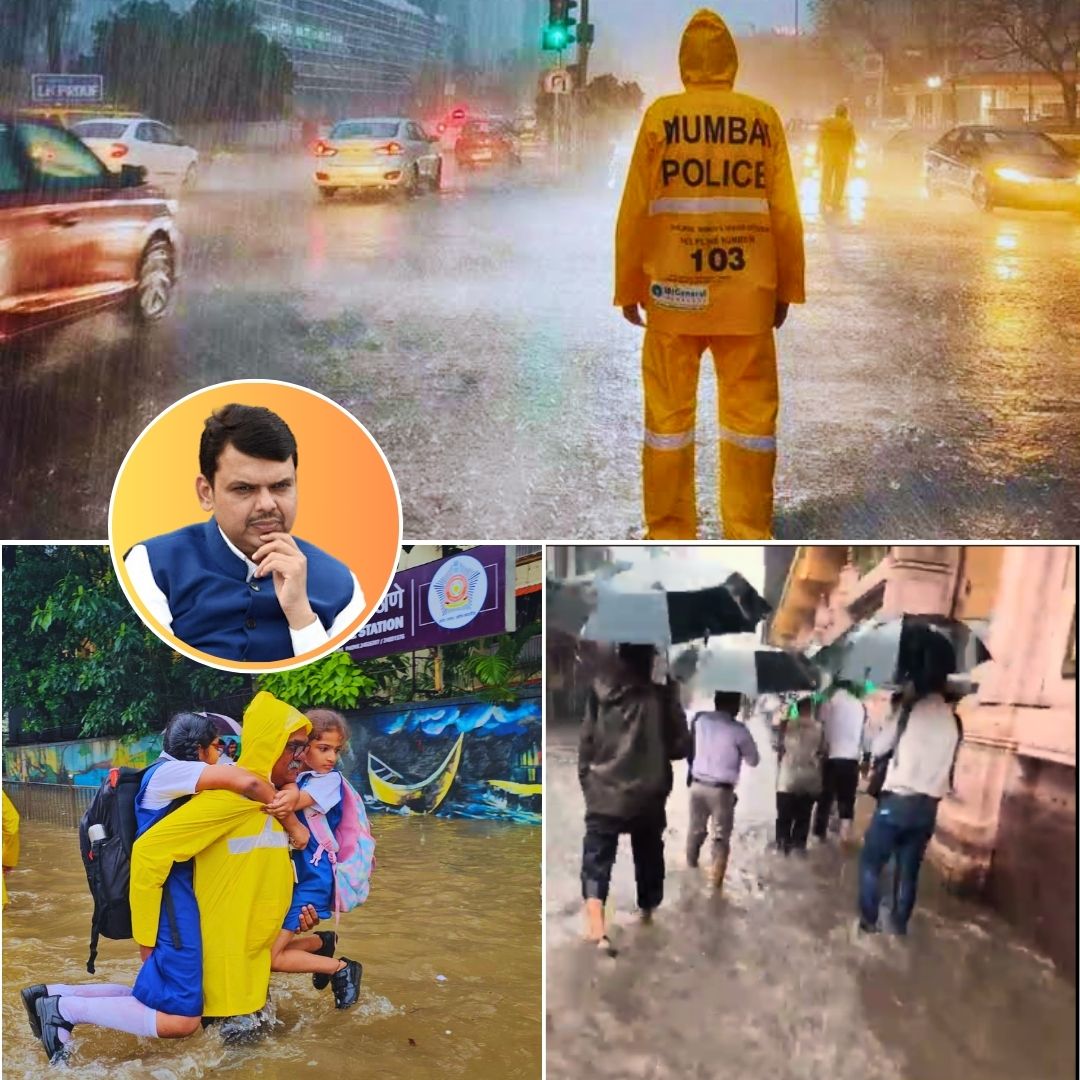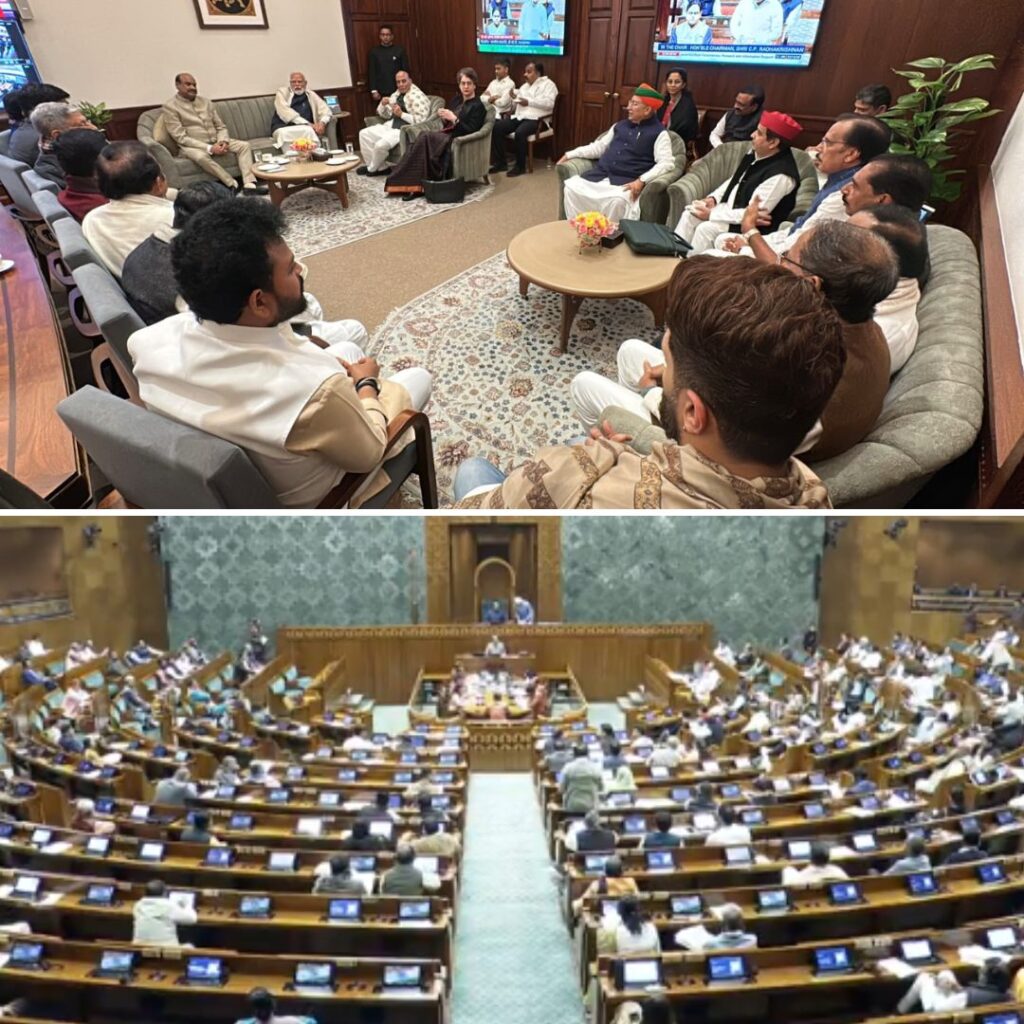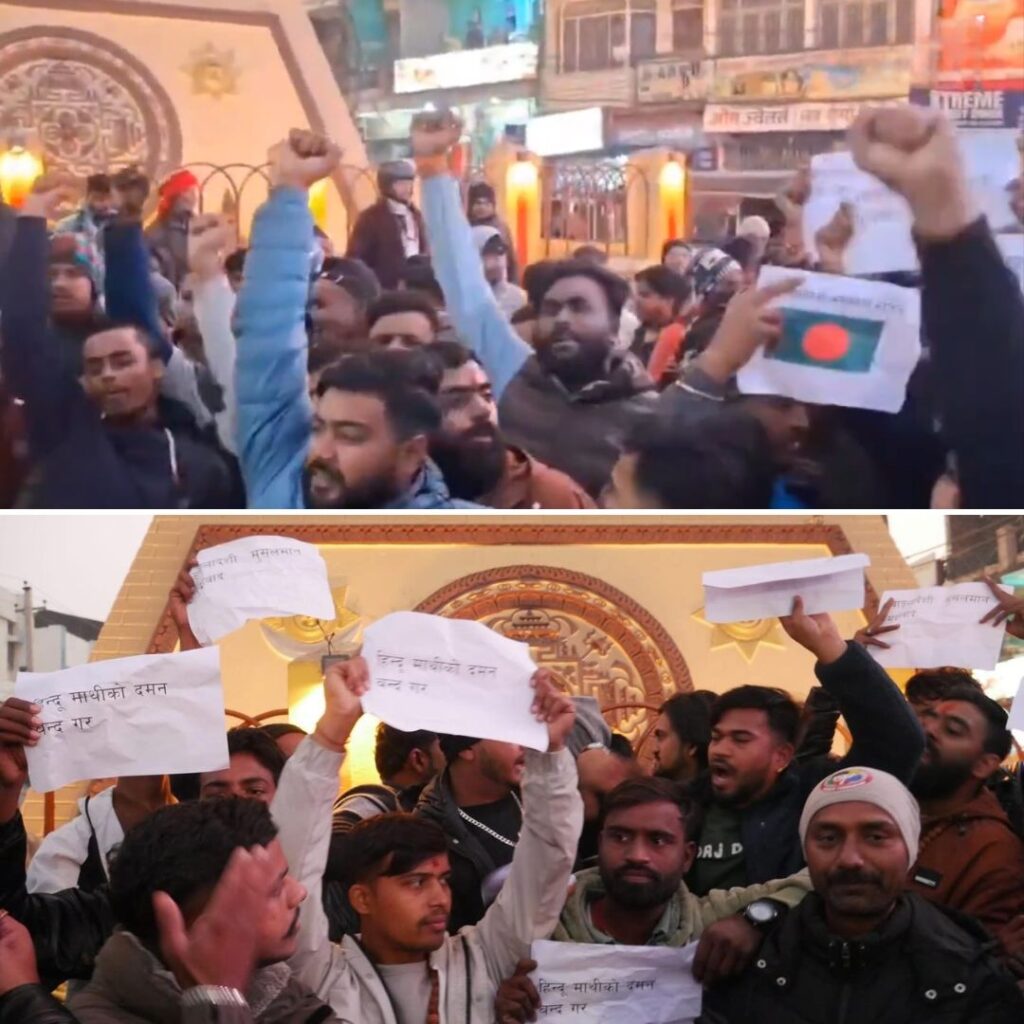Mumbai has been battered by relentless monsoon rains for the fourth day in a row on Tuesday, August 19, 2025. The India Meteorological Department (IMD) has extended a red alert for the city, warning of continued moderate to heavy rainfall through the day. In just 84 hours, Mumbai recorded over 500mm of rain, leading to widespread flooding, waterlogged roads, halted trains, and the closure of all schools and colleges.
Andheri Subway, a critical transit point, remains submerged under knee-deep water, severely disrupting the daily commute and exemplifying the widespread flooding challenges faced by Mumbai amid the continuous downpour.
Brihanmumbai Municipal Corporation (BMC) officials, along with Chief Minister Devendra Fadnavis, have urged citizens to avoid non-essential travel while emergency and disaster response teams remain on high alert amid power outages and infrastructure breakdowns. Sadly, at least seven rain-related deaths have been reported across Maharashtra.
City Grinds to a Halt Amid Torrential Downpour
Since Sunday night, Mumbai has witnessed one of the heaviest spells of rain this season. Crucial localities like Andheri, Dadar, Chembur, and King’s Circle have seen over 170mm of rain in less than 36 hours, inundating roads, railway tracks, and low-lying suburbs. The infamous Andheri Subway was shut due to knee-deep water, and multiple arterial routes were gridlocked, severely affecting airport access and delaying flights.
Train services on the Central, Harbour, and Western lines were disrupted for hours as water submerged tracks at Sion, Kurla, and Matunga. The BMC declared a holiday for all educational institutions, and airlines warned of schedule changes, prompting tourists to postpone travel. “All control rooms are functional round the clock. Citizens must avoid stepping out unless absolutely necessary,” said BMC Commissioner Bhushan Gagrani, while the Mumbai Police and traffic authorities delivered repeated advisories through public announcements and social media channels.
Emergency Response Tested, Old Lessons Unheeded
Despite persistent warnings and annual investments in drainage improvements, Mumbai found itself grappling with the familiar challenges of the monsoon. Forty-four pumping stations ran continuously, but several low-lying neighbourhoods, including Hindmata and Sion, remained underwater for hours, stalling thousands of commuters and emergency vehicles. Buildings collapsed in Mazgaon and electrocutions in Kurla added to the casualty count, highlighting infrastructure vulnerabilities that remain unaddressed despite past tragedies.
Chief Minister Fadnavis convened a high-level disaster response meeting to monitor relief operations, pledging that all possible measures would be taken to ensure citizens’ safety. Meanwhile, environmental activists and urban planners voiced concern over unchecked construction, encroachment on floodplains, and clogged stormwater drains—factors they say have intensified the damage caused by heavy rains. Repeated calls for sustainable, climate-resilient planning have so far yielded little substantial change, leaving Mumbai’s residents to brave the storm each year.
The Logical Indian’s Perspective
The current crisis is a stark reminder that short-term fixes and reactionary planning are not enough to shield cities from the growing threat of extreme weather. Mumbai, the country’s financial powerhouse, deserves thoughtful infrastructure upgrades, strict regulation against illegal construction, and a collective resolve to learn from recurring disasters.
We salute the selfless efforts of municipal workers, emergency responders, and ordinary citizens who continue to help others in these challenging circumstances.
At The Logical Indian, we believe the path forward lies in empathy-driven action, honest dialogue between all stakeholders, and a transparent commitment to sustainable urban development. Every voice matters in shaping a city that not only survives but thrives through adversity.












